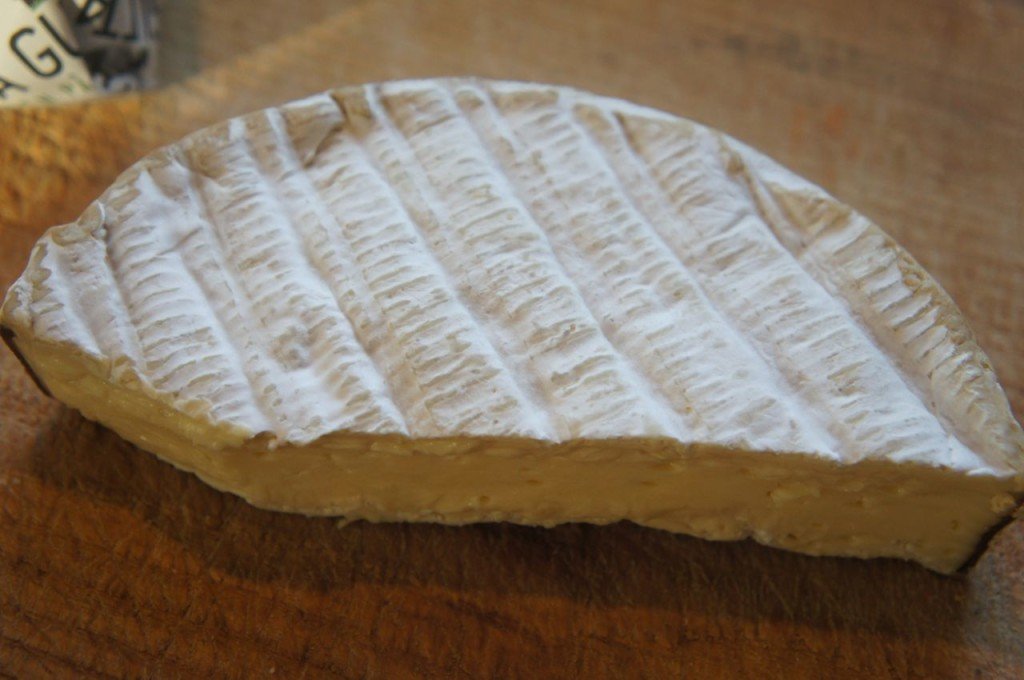A Goat and a Ewe
I called on one of my favorite cheese mongers this last Saturday. A sunny day, by the way. It’s been rather cold and wet lately so the warming sun was very welcome. That’s where the theme for this blog post turned up; a goat and a ewe.
Lou Rocaillou
It so happened they had announced a soft ewe’s milk cheese called Lou Rocaillou that was new to me. Most of the ewe milk cheeses are either semi firm or even on the firm side, so a soft one was especially tempting. Always eager to try out new cheeses stuff of course, I called on them to shop my piece.
From a village called Hures-la-Parade in the Department of Lozère; that’s the Midi-Pyrenées.

Le Pisé du Lot
As I was there, scanning the cheese counter, I spotted a goat milk cheese from the south west of France, Lachapelle Auzac in the department of Lot right to the east of Bordeaux. New to me this one as well. Chèvre. There is a multitude of different Chèvres in France, so you’re lucky if you know them all. I certainly do not. Yet, at least. Not that it is a goal, even though I am vey fond of this style. This Chèvre is called Le Pisé du Lot. Disc formed and from raw milk.
Soft, but mature
Both of them are matured for two weeks, giving them a little more strength than the very fresh ones. The ewe milk cheese being milder than the Chèvre, as always. I think especially the Chèvre has had a few weeks shelf life. transport and so on because it gave a burning impression on both sides of the tongue. Typical for rathe mature Chèvre. As long as it’s not too intense it is okay.
Two rather rare and fine soft cheeses that I am glad I came across. A goat and a ewe.
To drink
Not necessarily the same wine with these two. For Le Pisé du Lot I would recommend a dry white Bordeaux, from Entre-deux-Mers. If you want to step up the quality and the price; look for an AOC Pessac-Léognan. The Lou Rocaillou comes from an area further south east and I suggest you choose a local wine. From the Languedoc-Roussillon region. Dry this one as well. For both of them, try to avoid too much oak as most wines from these regions have been kept a while in barrels. At least check the oak is well integrated.





